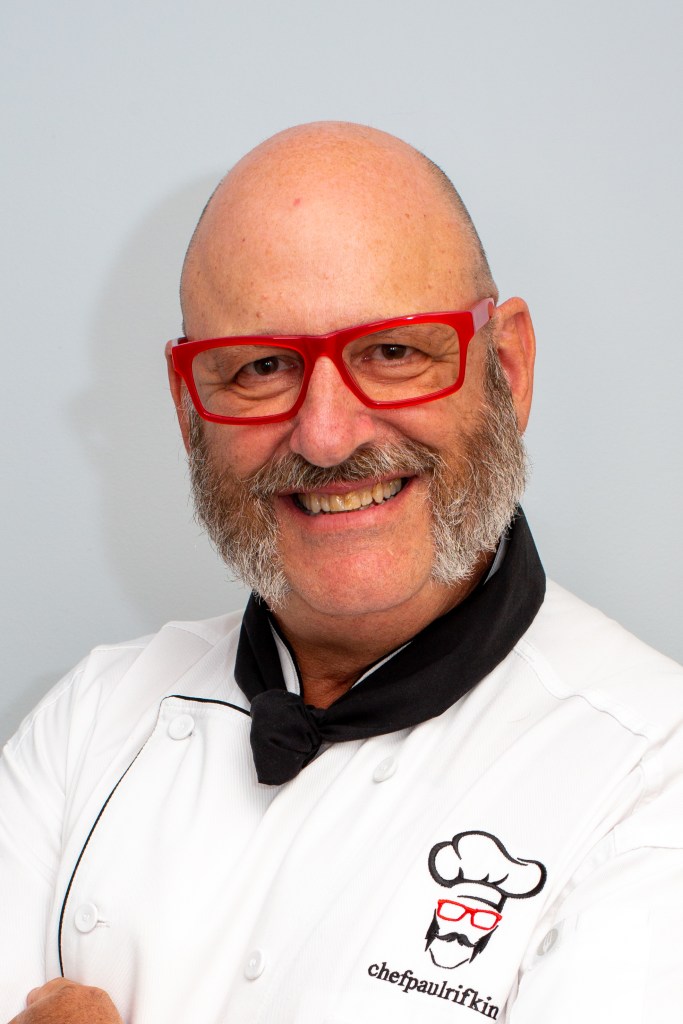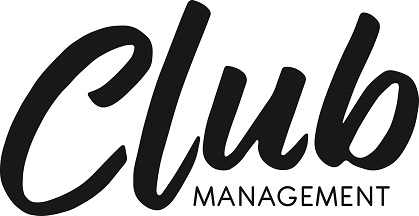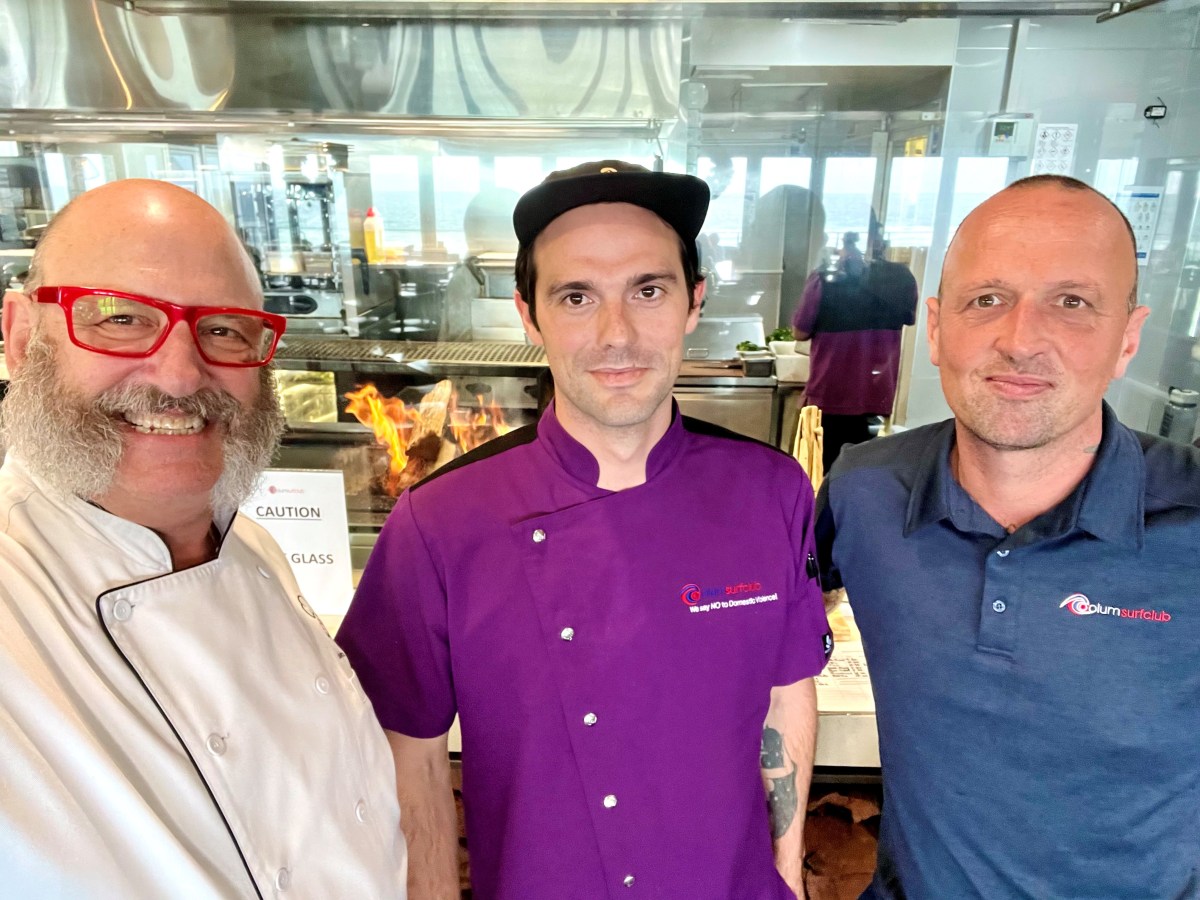A CEO of a large club once said to me, “You can’t make money out of food anymore”. They were resigned to their new business model, whereby food is subsidised by other incomes.
The reasoning was sound – their members reacted negatively if catering made a profit; after all, that must mean that the prices are too high, and members expected a good deal for their membership and loyalty. Therefore, prices should be as low as they can be, and the standard of food and service should be as high as it can be.
It’s a fair point, but slightly flawed when other incomes are reduced due to legislation or other unknown trading conditions.
As a consultant chef I have worked with many club operations and have seen many different models. To be honest, many times the “sell price” of a specific product has little to do with the gross profit. The same sell price in another venue can produce a much higher or lower gross profit.
How is this so?
A classic example is the humble chicken schnitzel, a usually high-volume dish in most clubs, with a multitude of choices to fill this item.
Frozen schnitzels with varying proportions of chicken and coatings: this is reflected in the pricing variations for the same weight. Cooking methods vary from defrosting at room temperature or in a cool room, then cooking wet or re-crumbing to order or simply cooking from frozen.
All these different methods will use more or less oil in the frying process. The wet ones will actually burn the oil faster. The volume of oil used will differ as old or unfiltered oil will attach more to the crumbs, resulting in higher oil usage. Oil management is critical to a crisper product with less oil absorption.
Throwing a spanner in the works are the in-house crumbed schnitzels. Often the breast weight is “in a range”, and you pay for this variable in higher portion costs. The supplier makes more from selling more!
I have observed chefs checking the weight and trimming the breasts, with the offcuts turned into chicken nuggets, as both are high-selling items. Alas, few chefs actually do this.
From the above example, a $25 sell price can have an input cost in the 30% range, depending on how costs are controlled. This is before chips, salad, sauces and the often-forgotten lost cutlery and broken crockery requiring replacements. Not to mention the burnt or staff-tasting wastage!
I was at Coolum Surf Club recently and observed a highly meticulous method of costing: every item in the product’s journey to the plate was included in the costs. Executive Chef Fraser Huxley works with Chris Grace, who has developed an in-house costing program that leaves nothing to chance.
Their gross profit is one of the highest I have seen in a club. This is confirmation that their accounting method works, and that it is agile enough to make variations across the menu as cost prices increase. The staff are also all on board, a critical thing to ensure any system continues to work effectively.
Now is the perfect time to commit to finally getting your costs under control, set the wheels in motion to be able to start the process when trade slows down after summer.
Remember, all systems require commitment, recipes have to be scrutinised and inputted then linked to your internal software. There are many systems available to use.
This all takes time and should be scheduled, but the cost benefits far exceed the labour costs to set it up.

Paul Rifkin: Head Chef Mentoring and
Fine-Tuning Specialist for Club Catering
chefpaulrifkin consulting

